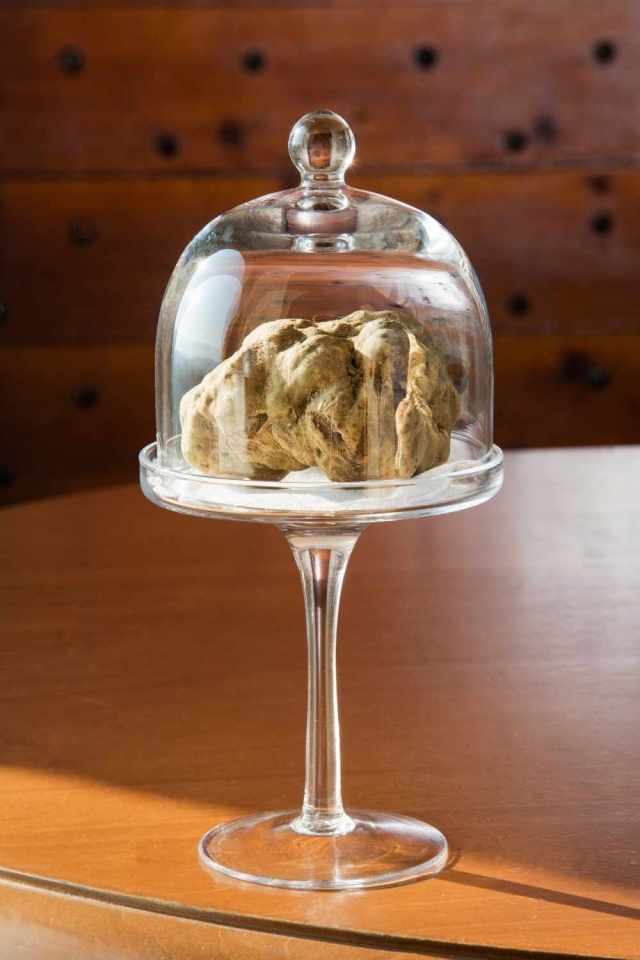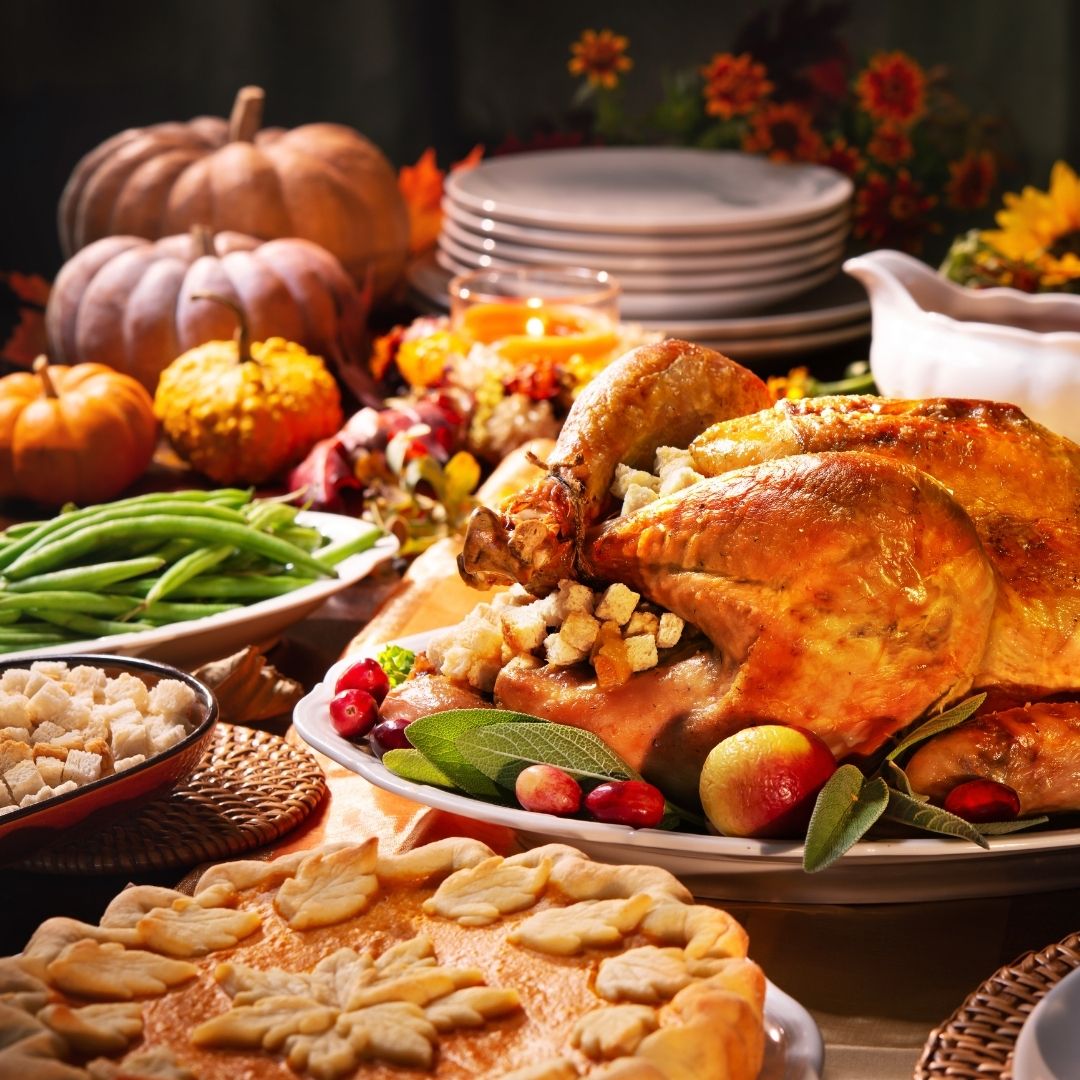Once considered as having aphrodisiacal properties, almost anything truffle is usually held in high esteem throughout the culinary world. Particularly if it originates from France or Italy. Truffles are used primarily to flavor a dish and/or you can use a derivative such as – truffle oil, truffle salt, and truffle butter to accomplish a similar goal.

But isn’t a truffle just an expensive mushroom?
In culinary speak, a truffle is an edible genus tuber – a member of the fungi family.
So does that mean that it’s just a mushroom?
It’s a mushroom species of sorts – an edible, expensive one, usually costing thousands of dollars per pound.
What is the exact distinct difference between a mushroom and a truffle. Truffles grow underground near the roots of specific trees.
Whereas mushrooms usually grow above ground, anywhere and everywhere, depending on the environmental conditions.

Like mushrooms, not all truffles are edible.
Edible truffles, for the most part, resemble lumpy potatoes, with a unique appearance, smell, and taste.
The truffle has a singular taste profile described as earthy, ranging from mild to pungent.

Rich in a wide range of nutrients, they’re also a good source of carbs, protein, fiber. Truffle are high in antioxidants and contain both unsaturated and saturated fatty acids.
The most common truffles are black and white. The black truffle aka Perigord thrives in the Perigord region in France.

The white truffle aka tuber magnatum pico are found in southern European. In particular the Piedmont and Tuscany regions of Italy.
Although truffles are grown around the world including the U.S., the actual cultivation process for authentic truffles is extremely sensitive to climate and soil conditions.
From planting to harvesting truffles and securing a good crop generally takes anywhere from 5-10 years.

The search and find techniques involving the use of trained dogs to find these precious commodities as well as the cultivation process itself contributes enormously to their status as a very expensive delicacy.
So who actually discovered the truffle?
Like most everything else in the culinary world, truffle discovery can be traced back to ancient, ancient times.
Inscriptions of the Neo-Sumerians in the 4th century B.C. describe the eating habits of their enemy, the Amorites which, of course, included truffles.
Scientific analysis has traced truffle origins back more than 280 million years.
Once a secret ingredient used only by peasants to flavor food during the Middle Ages. Truffles eventually began to grace the tables of the European elite and rulers including the Papacy.

Today, France and Italy remain the world’s truffle kingdoms.
Successful production of truffles also has been achieved in parts of Australia, New Zealand, and Croatia.
In the United States, there are truffles farms in Oregon, North Carolina, California, Arizona, and Tennessee.
Although ever popular around the world, truffle reproduction is still a very challenging agricultural process subject to the vicissitudes of climate change, harvest experience, and the commodities market.




